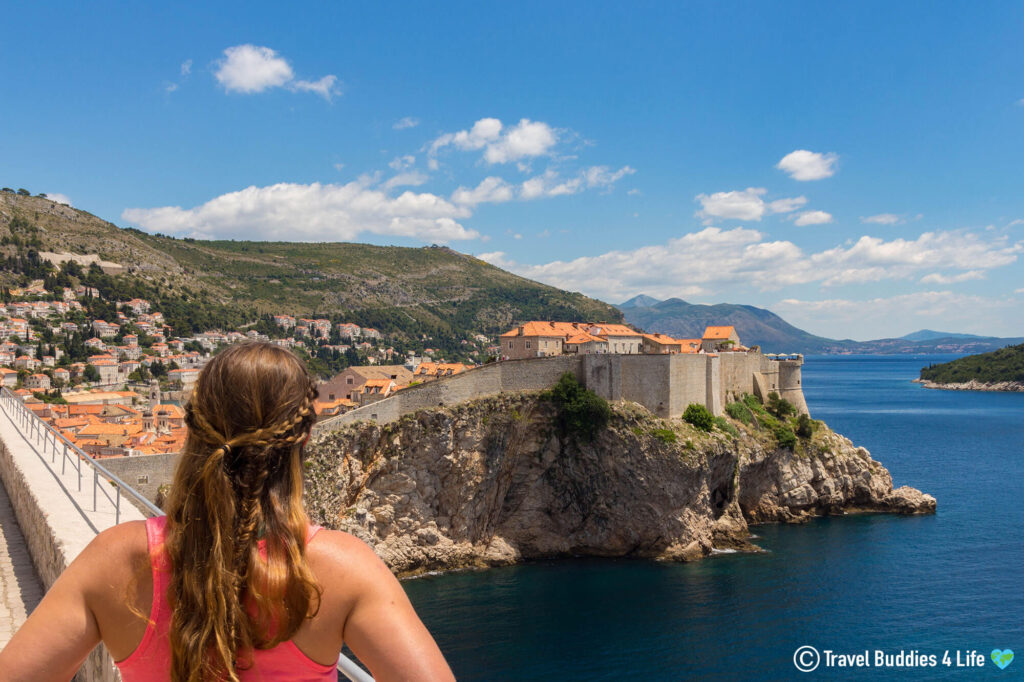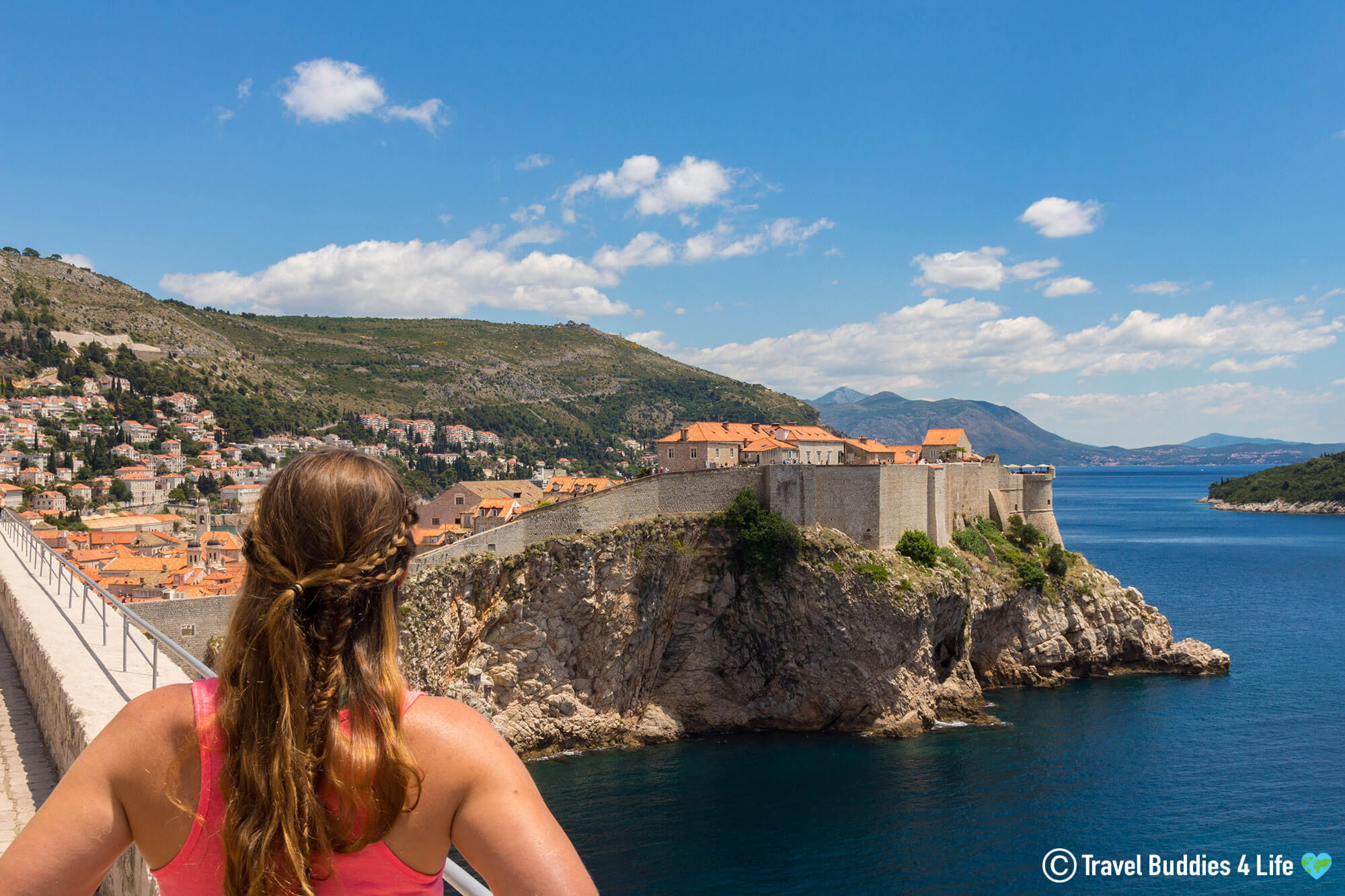
What is King’s Landing? A Comprehensive Guide to the Heart of Westeros
King’s Landing. The name conjures images of sprawling cityscapes, political intrigue, and the constant struggle for power. But what is King’s Landing, really? Beyond its depiction in popular culture, it’s a city steeped in history, lore, and significance within the fictional world of Westeros. This article delves deep into the heart of the capital, exploring its origins, geography, culture, and its pivotal role in the events that shape the realm.
The Foundation and History of King’s Landing
The history of King’s Landing is inextricably linked to the Targaryen dynasty. Before Aegon the Conqueror set foot on Westerosi soil, the area was merely a strategic high ground overlooking Blackwater Bay. Aegon, recognizing its potential, established a fortified camp there during his conquest. After his victory, he chose this location to build his capital, a symbol of his unified kingdom. Construction began shortly after Aegon’s coronation, and the city gradually expanded from the Aegonfort, a simple wooden motte-and-bailey castle, to the imposing Red Keep that dominates the skyline today. [See also: The Targaryen Dynasty: A Legacy of Fire and Blood]
The city’s early years were marked by rapid growth and development. The population swelled as people flocked to the capital seeking opportunity and fortune. The construction of the Red Keep, the Great Sept of Baelor, and other iconic structures solidified King’s Landing as the center of power and influence in Westeros. However, the city also faced challenges, including outbreaks of disease, fires, and the constant threat of political instability.
Geography and Layout of the Capital
King’s Landing is strategically situated on the east coast of Westeros, overlooking Blackwater Bay. This location provides easy access to both land and sea, making it a vital trade hub and a key strategic point for defense. The city is built on a series of hills, which contribute to its distinctive topography. The three most prominent hills are Aegon’s High Hill, Rhaenys’s Hill, and Visenya’s Hill, each named after Aegon the Conqueror and his sisters.
The city is enclosed by massive walls, constructed to protect it from invaders. These walls have been reinforced and expanded over the centuries, providing a formidable defense against attack. Within the walls, King’s Landing is divided into several distinct districts, each with its own character and atmosphere:
- The Red Keep: The royal castle, perched atop Aegon’s High Hill, serves as the residence of the king and the seat of power.
- The City Watch Headquarters: Also known as the Gold Cloaks, they maintain order within the city walls.
- The Street of Steel: Known for its blacksmiths and armorers, producing high-quality weapons and armor.
- Flea Bottom: A sprawling slum, notorious for its poverty, crime, and squalor.
- The Great Sept of Baelor: A magnificent temple dedicated to the Faith of the Seven, a major religious center.
Culture and Society in King’s Landing
The culture of King’s Landing is a melting pot of influences, reflecting its status as the capital of Westeros. People from all corners of the realm come to the city seeking opportunity, creating a diverse and vibrant population. However, this diversity also contributes to social divisions and tensions. The gap between the rich and the poor is particularly stark, with the wealthy living in luxury while many struggle to survive in the slums of Flea Bottom.
Politics is a constant presence in the lives of the inhabitants of King’s Landing. The city is the center of power, and everyone is aware of the intrigues and machinations that take place within the Red Keep. Loyalty to the crown is paramount, but ambition and self-interest often lead to betrayal and conflict. The city’s atmosphere is thick with suspicion and paranoia, as individuals constantly vie for power and influence. [See also: Power Dynamics in Westeros: A Study of Political Intrigue]
Key Locations and Landmarks in King’s Landing
King’s Landing is home to numerous iconic landmarks that have played a significant role in the history of Westeros. These locations are not only visually striking but also steeped in historical and cultural significance:
- The Red Keep: As mentioned earlier, the Red Keep is the royal castle and the seat of power. Its imposing architecture and strategic location make it a symbol of the Targaryen dynasty.
- The Iron Throne: Located within the Red Keep, the Iron Throne is the ultimate symbol of power in Westeros. Forged from the swords of Aegon the Conqueror’s defeated enemies, it represents the king’s authority and the sacrifices required to maintain it.
- The Great Sept of Baelor: This magnificent temple is the center of the Faith of the Seven. Its towering spires and intricate carvings are a testament to the power and influence of the religious order.
- Flea Bottom: While not a landmark in the traditional sense, Flea Bottom is a significant part of King’s Landing‘s identity. Its squalid conditions and desperate inhabitants serve as a reminder of the social inequalities that plague the city.
The Role of King’s Landing in Major Events
King’s Landing has been the stage for many pivotal events in the history of Westeros. From the Targaryen conquest to the War of the Five Kings, the city has been at the center of political intrigue, warfare, and social upheaval. Its strategic location and symbolic importance make it a constant target for those seeking power.
The city has endured sieges, rebellions, and internal conflicts, each leaving its mark on the landscape and the people who live there. The events that unfold within the walls of King’s Landing often have far-reaching consequences, shaping the destiny of the entire realm. The decisions made by the rulers of King’s Landing directly impact the lives of every citizen in Westeros.
The Future of King’s Landing
The future of King’s Landing remains uncertain, even after the events depicted in the source material. Rebuilding efforts are underway to restore the city to its former glory, but the scars of war and political upheaval run deep. The challenges facing the new rulers are immense, including addressing social inequalities, rebuilding infrastructure, and maintaining peace and stability.
Whether King’s Landing can overcome these challenges and usher in a new era of prosperity remains to be seen. The city’s history is a testament to its resilience, but also a reminder of the constant struggle for power and the ever-present threat of conflict. As the heart of Westeros, King’s Landing will continue to play a vital role in the shaping of the realm’s destiny.
In conclusion, King’s Landing is more than just a city; it is a symbol of power, ambition, and the complexities of human nature. Its history, geography, culture, and its role in major events make it a fascinating and compelling subject of study. Understanding what is King’s Landing provides valuable insight into the world of Westeros and the themes that resonate within it.
The Significance of King’s Landing in Westerosi Politics
The very foundation of Westeros’ political landscape is intrinsically linked to King’s Landing. As the capital city, it serves not only as the seat of royal power but also as the hub for all major political, economic, and social activities. The Red Keep, the imposing castle that dominates the city’s skyline, is where the monarch resides and governs, making it the focal point of all political machinations. Whoever controls King’s Landing, controls Westeros – a sentiment echoed throughout the series.
The Small Council, the group of advisors who assist the monarch in ruling the Seven Kingdoms, also operates from King’s Landing. This council comprises individuals holding key positions such as the Hand of the King (the monarch’s chief advisor), the Master of Coin (responsible for the realm’s finances), the Master of Laws (oversees the legal system), the Master of Ships (commands the royal fleet), and the Master of Whisperers (manages the intelligence network). Their decisions, made within the walls of the Red Keep, have profound implications for the entire realm.
The Economic Heart of Westeros: King’s Landing’s Influence
Beyond its political significance, King’s Landing also serves as the economic heart of Westeros. Its strategic location on the coast, combined with its large population, makes it a major center for trade and commerce. Goods from all over the Seven Kingdoms, and even from beyond, flow through King’s Landing, making it a vibrant and bustling marketplace. The city’s port is constantly teeming with ships, unloading exotic goods and exporting Westerosi products.
The Iron Bank of Braavos, the most powerful financial institution in the known world, also maintains a significant presence in King’s Landing. The crown often relies on loans from the Iron Bank to finance its various endeavors, giving the bank considerable influence over the kingdom’s policies. The Master of Coin, based in King’s Landing, is responsible for managing the crown’s finances and ensuring that debts to the Iron Bank are repaid.
Social Stratification and Life in King’s Landing
Life in King’s Landing is a stark contrast between the opulence of the wealthy and the squalor of the poor. The nobility and the merchant class live in relative comfort, enjoying access to fine goods, entertainment, and political power. They reside in the nicer districts of the city, away from the filth and crime that plague the poorer areas.
In stark contrast, the common folk, particularly those who reside in Flea Bottom, struggle to survive. Poverty, disease, and crime are rampant, and opportunities for advancement are scarce. The City Watch, tasked with maintaining order, is often corrupt and ineffective, further exacerbating the problems faced by the city’s poor. The vast disparity between the rich and the poor creates social tensions that frequently erupt into violence and unrest.
Understanding what is King’s Landing requires acknowledging these social divisions and the challenges they pose to the city’s stability. The actions and decisions of those in power within King’s Landing directly impact the lives of everyone, regardless of their social standing. The city is a microcosm of Westeros itself, reflecting the complexities and inequalities that define the realm.

